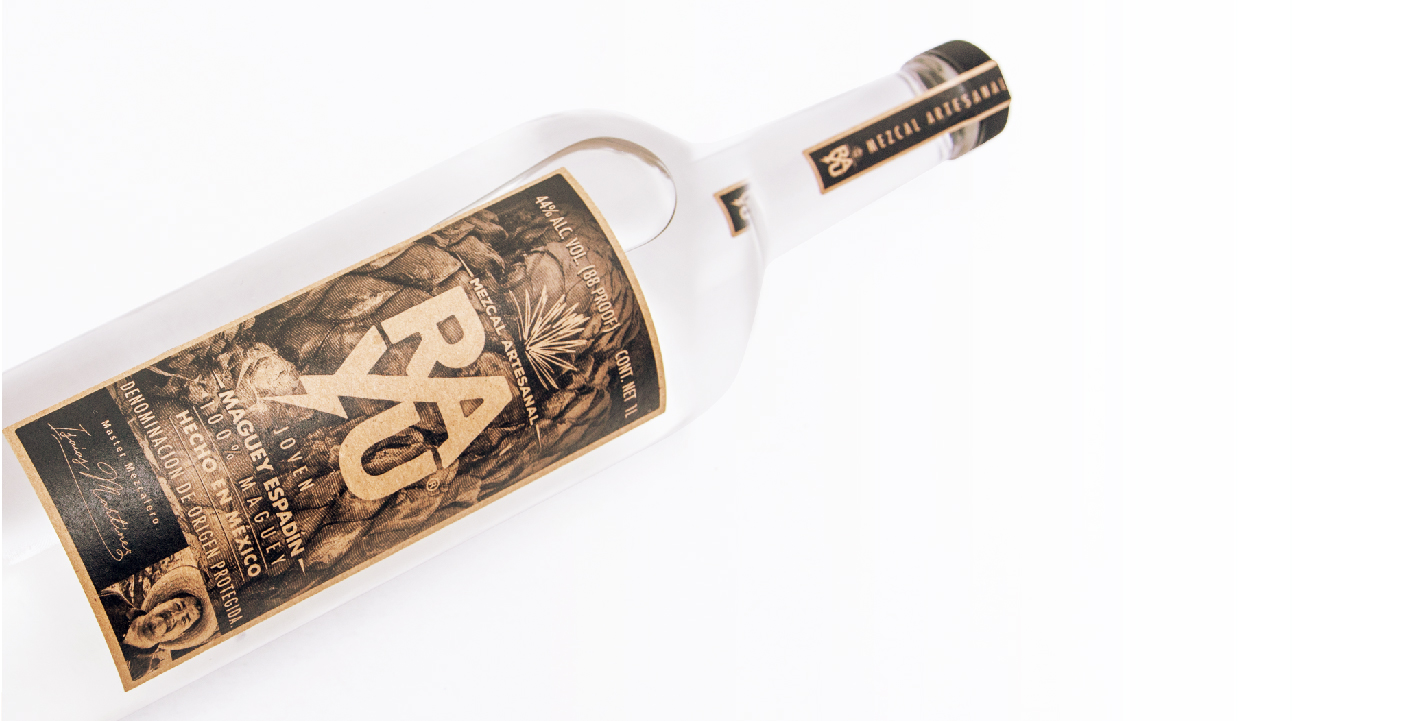Where Does The Mezcal Come From?
Many spirits, wines, cheeses and other consumables are protected by a denomination of origin, which certifies that it is authentic in origin or process etc. It is similar to a patent or copyright and can be awarded regionally (ie champagne or parmesan cheese) or to a particular producer. Founded in 1997, COMERCAM is the organization regulating Mezcal. These spirits can only be produced with a NOM to be legal and they must originate from within 9 recognized states of Mexico (Oaxaca, Guerrero, Guanajuato, San Luis Potosi, Zacatecas, Tamaulipas, and Durango, Michoacán and recently added are parts of Puebla). The vast majority of mezcal, 80% historically and still today, comes from Oaxaca and uses recognized ingredients and processes. Mezcal is similar to Tequila and both are probably most similar to wine in their complexity and variety. The NOM-070-SCFI-1994 recognizes 30 varieties of agave, also known as maguey, for producing Mezcal, which must come from only one region in Mexico. The NOM specifically excludes the use of Weber Blue Agave because it is exclusively for the use of tequila. Within the region there are different soils and conditions, which impact both the agave and its flavors as well as the distillation, which can be influenced according to altitude, and ambient odors such as fruits and flowers among other factors.
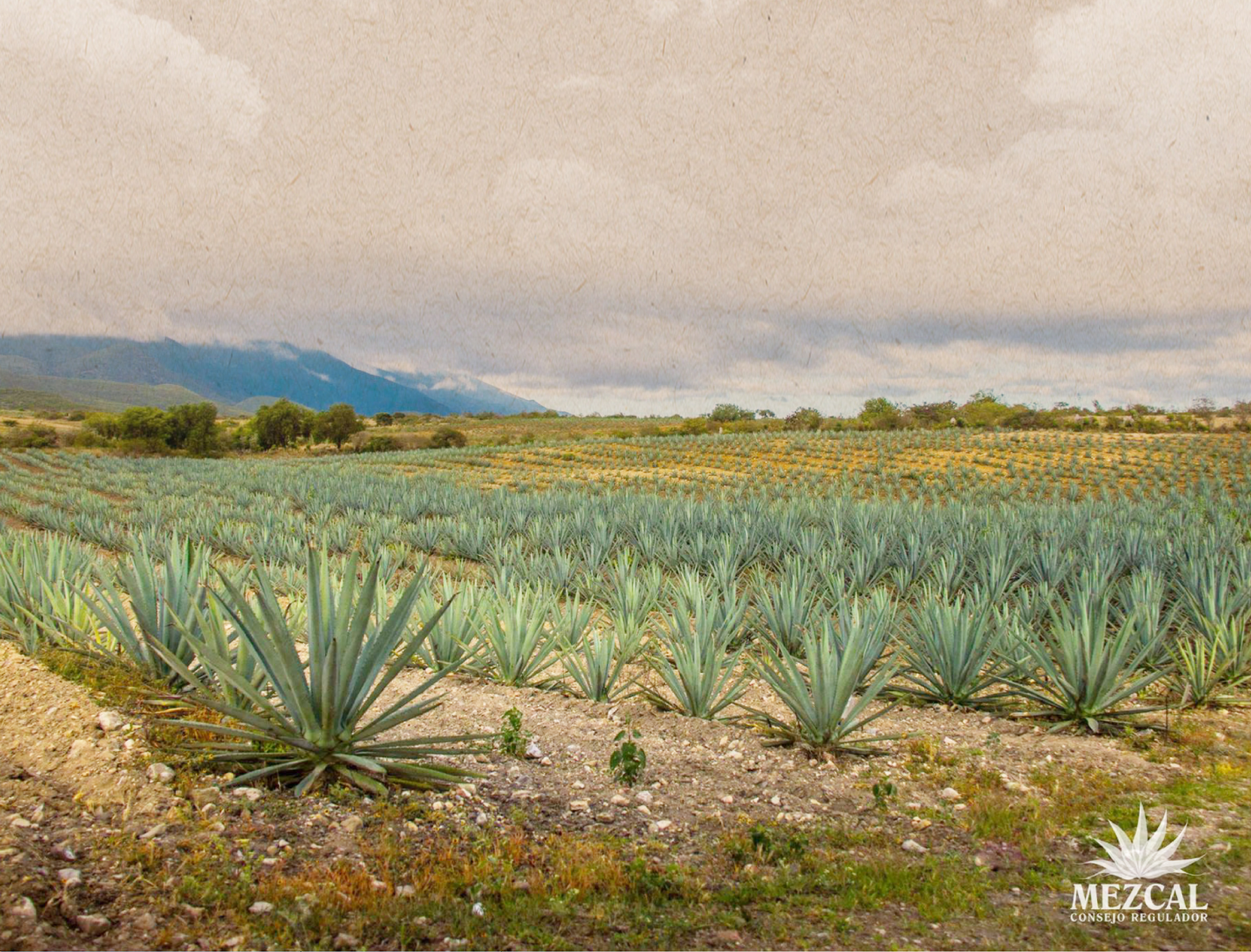
Agave
Each agave has different properties known as organoleptic properties (all the physical characteristics that the subject has in general, according to what the senses can perceive, including flavor, texture, smell, color, and temperature). Agaves are distantly related to cacti but in a different family of succulents called Agavaceae. There are two groups of Agaves: the “domesticated” are those which are cultivated by man, they typically take 4-14 years to grow; and the “wild” are those that are born and grown completely naturally, which take from 5 to 30 years to mature enough to be cultivated for spirits.
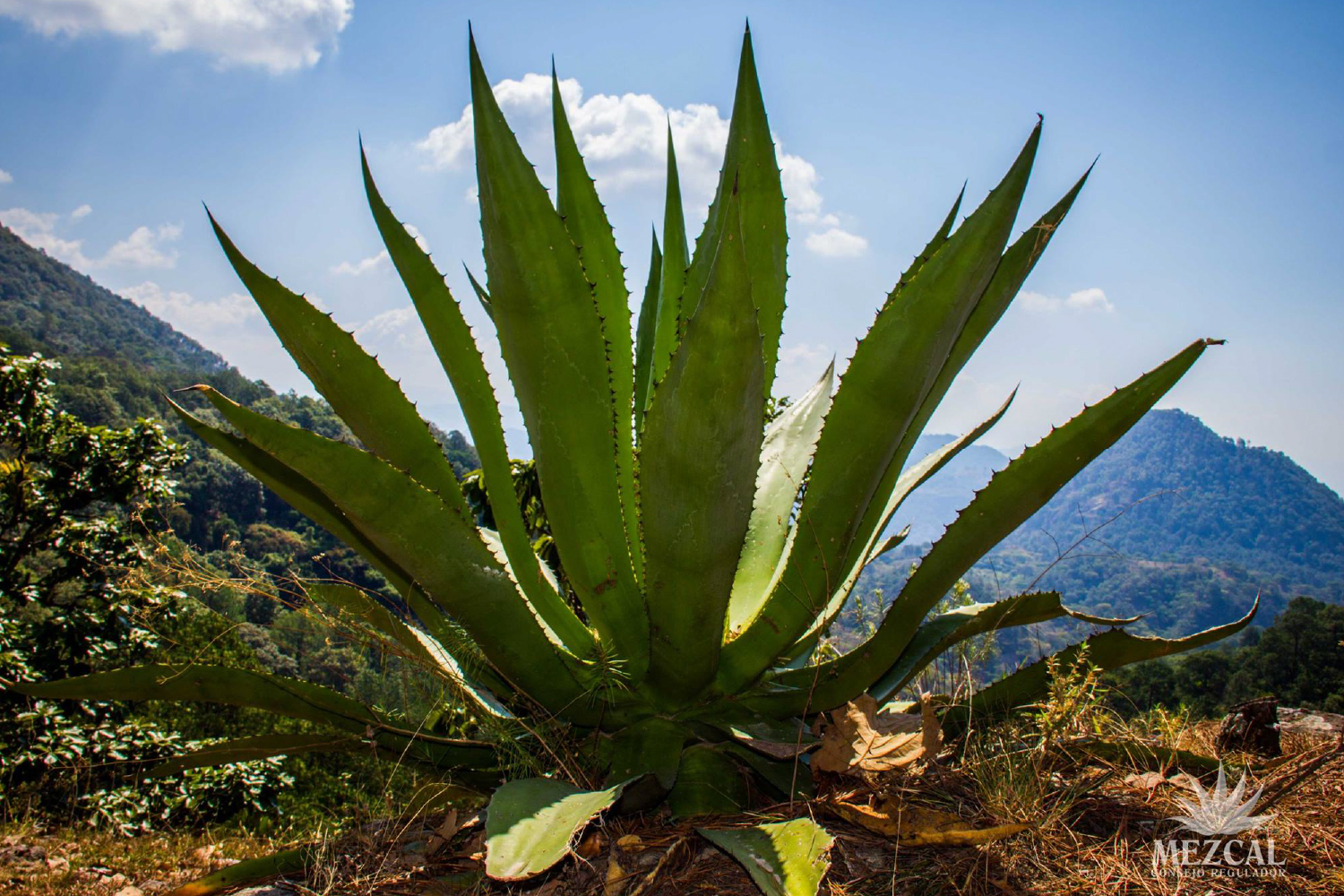
The agave plant
The agave plant is a large barrel-sized plant with large spines protruding from the base. Within the base is the piña (heart) from which the mezcal is made. The agave must be severed from its roots, and the leaves or spines removed before the piñas are processed. Decisions such as how the cutting will be done by the cortador (or cultivator), at what age to harvest, how much spine to leave on, whether to cut the spines and/or divide the hearts in the field or at the distillery all influence the final product in different ways. Just as types of grapes, where they are grown and when and how they are harvested and processed are just some of the factors in wine flavor, quality and vintage. Yuu Baal and Rayu use traditional techniques and tools in their cultivation which include machete and coa (a spade-like tool with a sharpened edge for trimming the spines).
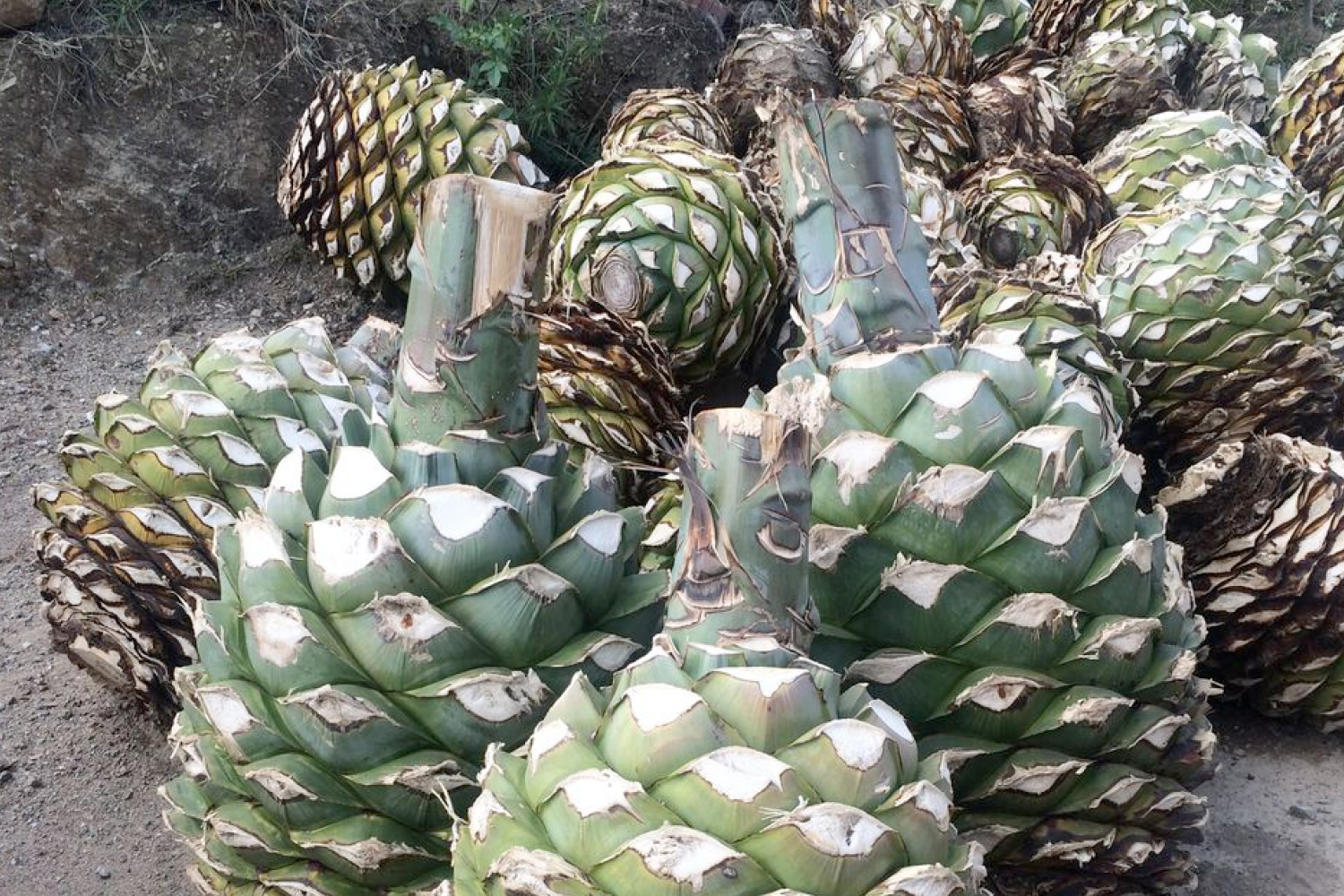
Three new categories
COMERCAM recognized three categories of Mezcal: ancestral, artisanal and mezcal.
Based on the NOM-070-SCFI-1994
Mezcal
Pit ovens, elevated stone ovens, and autoclaves – diffuser use under review
Tahona, Chilean or Egyptian mill, trapiche, shredder or series of mills
Wood, masonry or stainless steel tanks
Stills, continuous stills, columns stills made of copper or steel
Artisanal Mezcal
Pit ovens or elevated stone ovens
Tahona, Chilean or Egyptian mill, mallets, trapiche, or shredder
Wood, clay or masonry tanks, animal skins, hollows in stone, earth or tree trunks, and process may use maguey fibers
Direct fire on copper stills or clay pots and coils made of clay, wood, copper, or stainless steel, and process may include maguey fibers
Ancestral Mezcal
Pit ovens only
Tahona, Chilean or Egyptian mill, or mallets
Wood, clay or masonry tanks, animal skins, hollows in stone, earth or tree trunks, and process must use maguey fibers
Direct fire on clay pots and coils made clay or wood, and process must include maguey fibers
The process
Cooking
The agave must be cooked in order to transform the fructan sugars to fructose. A traditional concave stone oven made in the earth is used utilizing river stones to regulate the heat, and holm oak, pine, and other species that are endemic to the zone are burned to generate the 800-1000 degree heat. The woods chosen also influence the final qualities of the mezcal. The cooking process is 3-4 days.
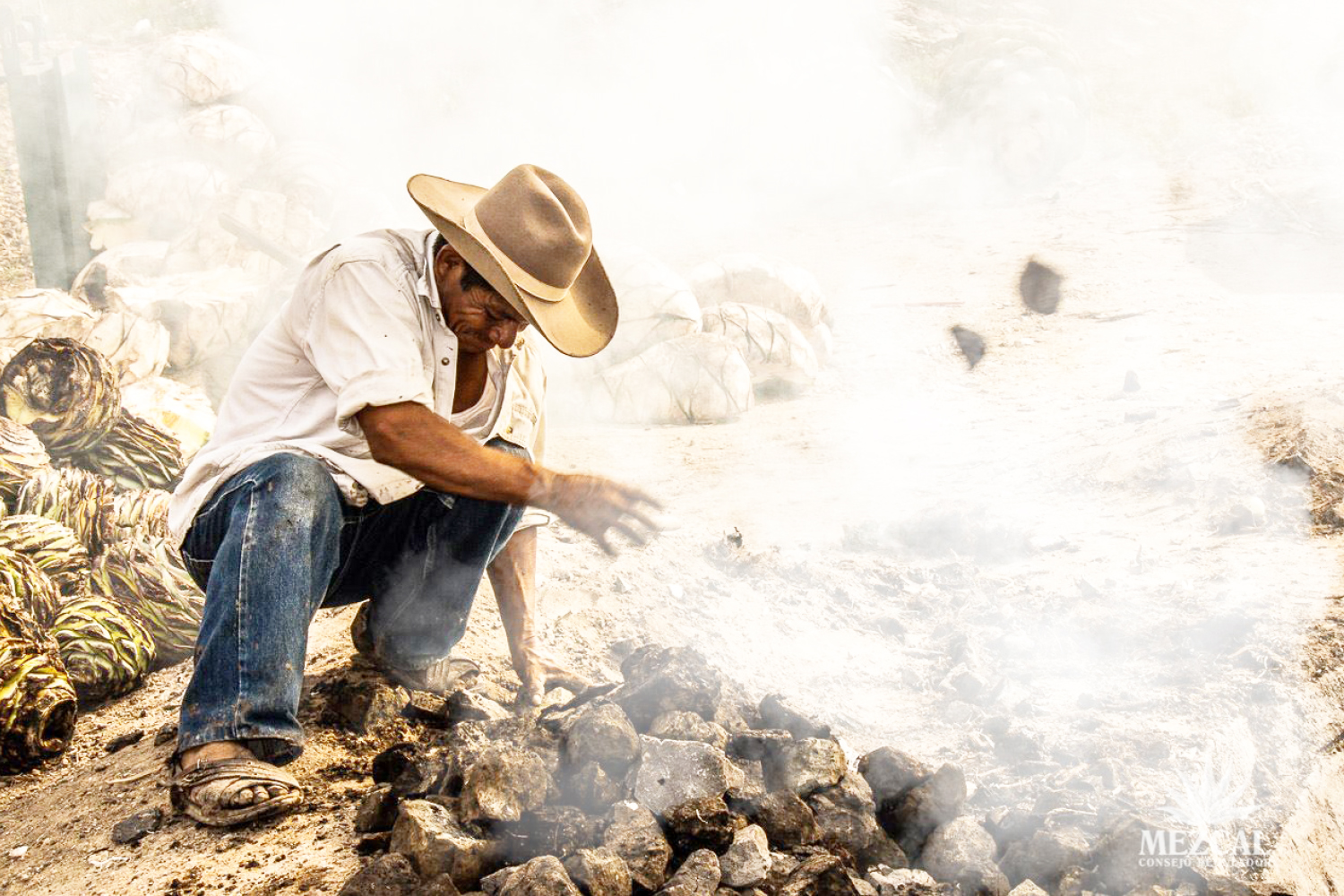
Milling
Milling is the process of crushing the cooked piñas to obtain a liquid pulp. There are traditional and modern techniques. Here again Yuu Baal and Rayu use a traditional “tahona” or Egyptian mill, which is a 500 kg stone wheel fixed to a central axis and powered by a mule, horse or similar beast of burden.
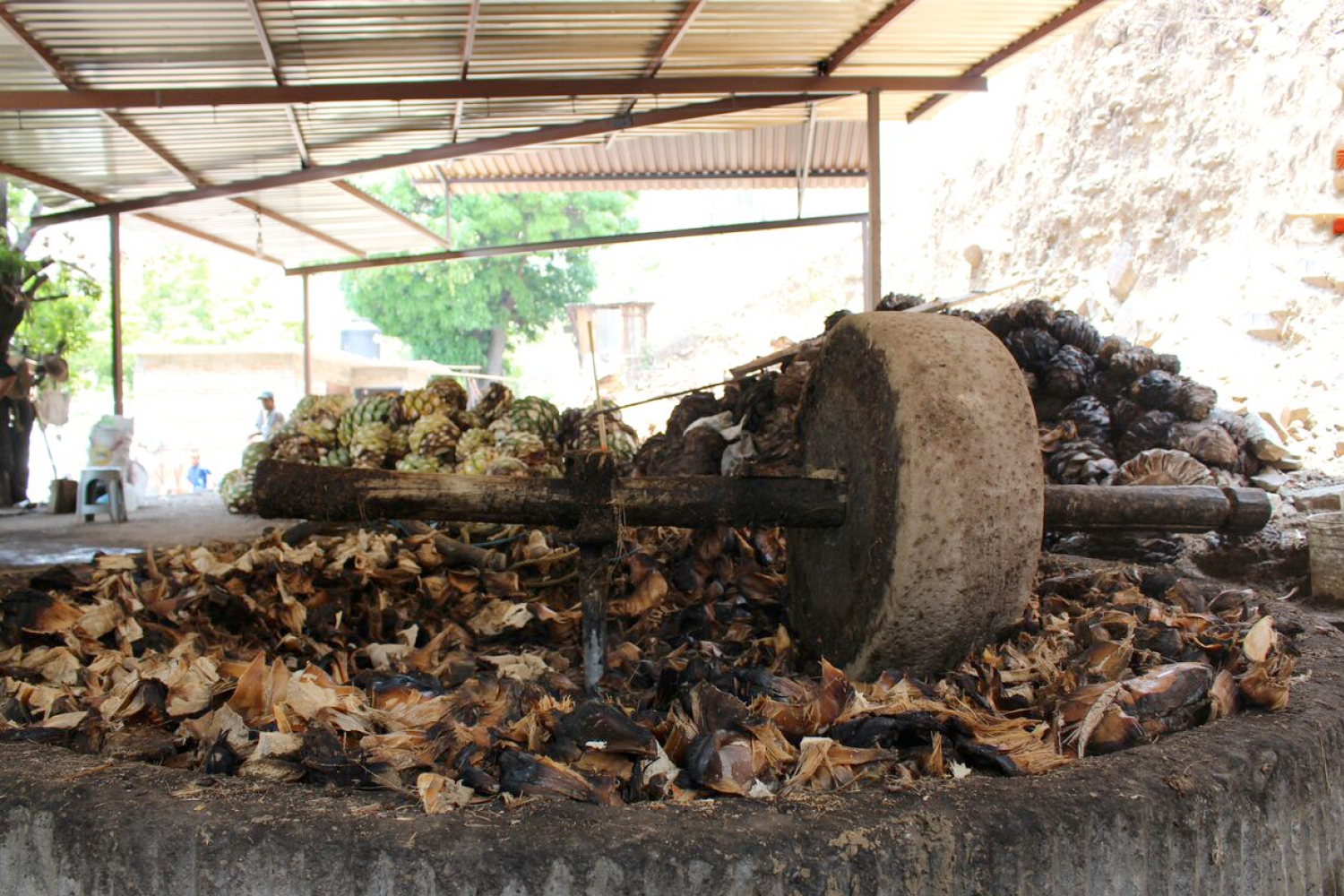
Fermentation
After this, the pulp is ready for fermentation, which is to transform the sugars to alcohol using yeast. Here again traditional methods have been chosen, in this case, pinewood vats where the pulp ferments for 8 to 12 days, depending on the weather. River water is used to regulate the speed and reactions of the ingredients – hot water to initiate the fermentation and then cold water to reduce the reaction and prevent acetic acid formation. After the reaction is controlled, the mixture is homogenized, or mixed, to ensure that fermentation has occurred uniformly throughout the material.
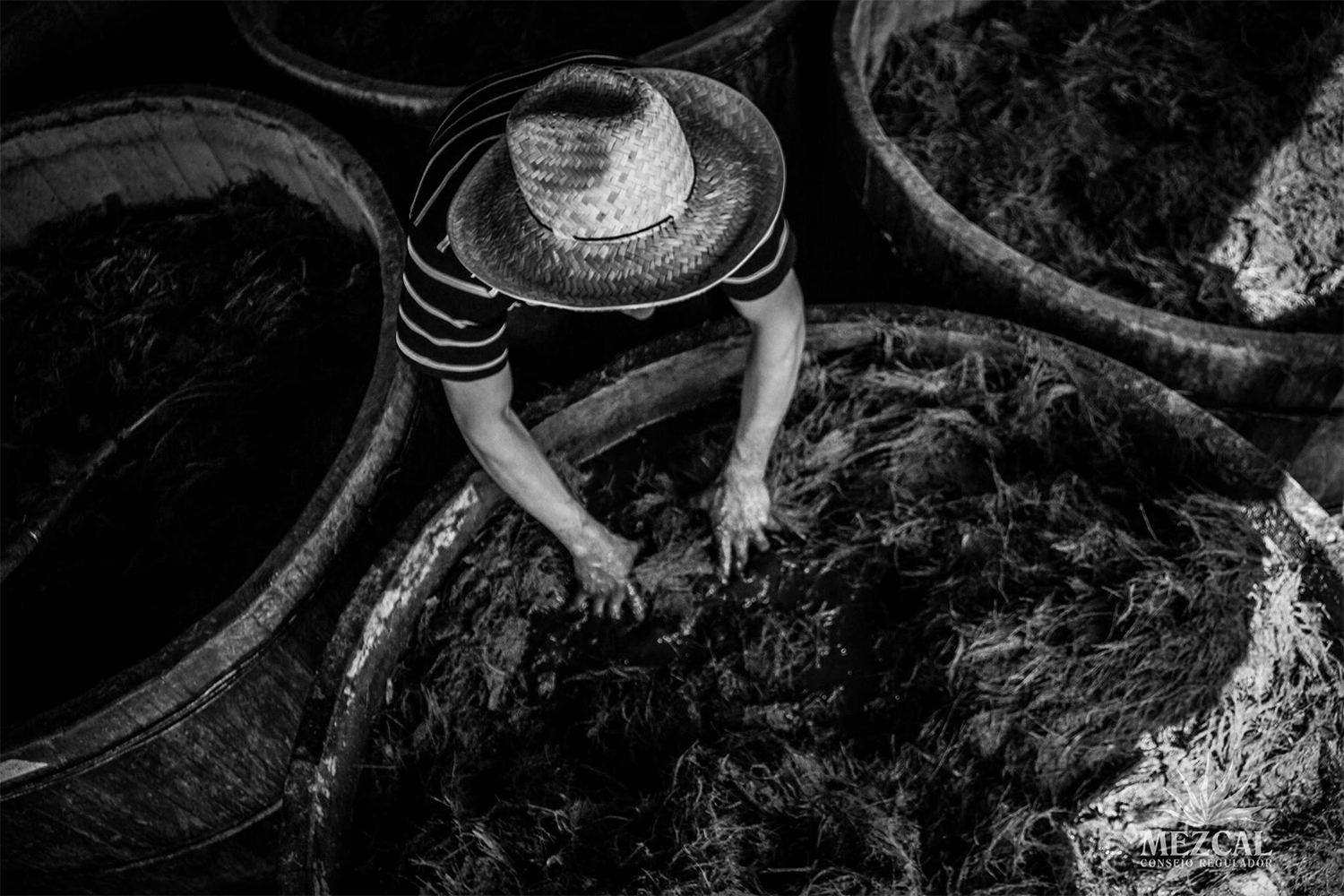
Distillation
Milling is the process of crushing the cooked piñas to obtain a liquid pulp. There are traditional and modern techniques. Next comes distillation, which is the process of separating the water and the alcohol by exploiting their different boiling points. Here again the choices made affect the qualities of the final product. Copper stills have been chosen for our products to ensure uniformity of temperature. All NOM regulated mezcals must use 2 distillations to be compliant. After the first distillation, what is termed “mezcal ordinario” is obtained. After the 2nd distillation, the first liquid which comes from the still is called the “heads” and the final liquid out is called the “tails”. These are “cut” (disposed of) because they contain superior alcohols which negatively impact the flavor. The body or the heart is the middle cut and from this the final mezcal is made. The mezcal master or “Mezcalero” then tests the middle cut using traditional tools like a reed straw called a “venencia” and a fruit gourd-like a bowl. They are empirically testing for “pearls” (perlas) or bubbles, the size and duration of which indicate that the desired alcohol content and oils are present to continue production. Here again Yuu Baal and Rayu use a traditional “tahona” or Egyptian mill, which is a 500 kg stone wheel fixed to a central axis and powered by a mule, horse or similar beast of burden.
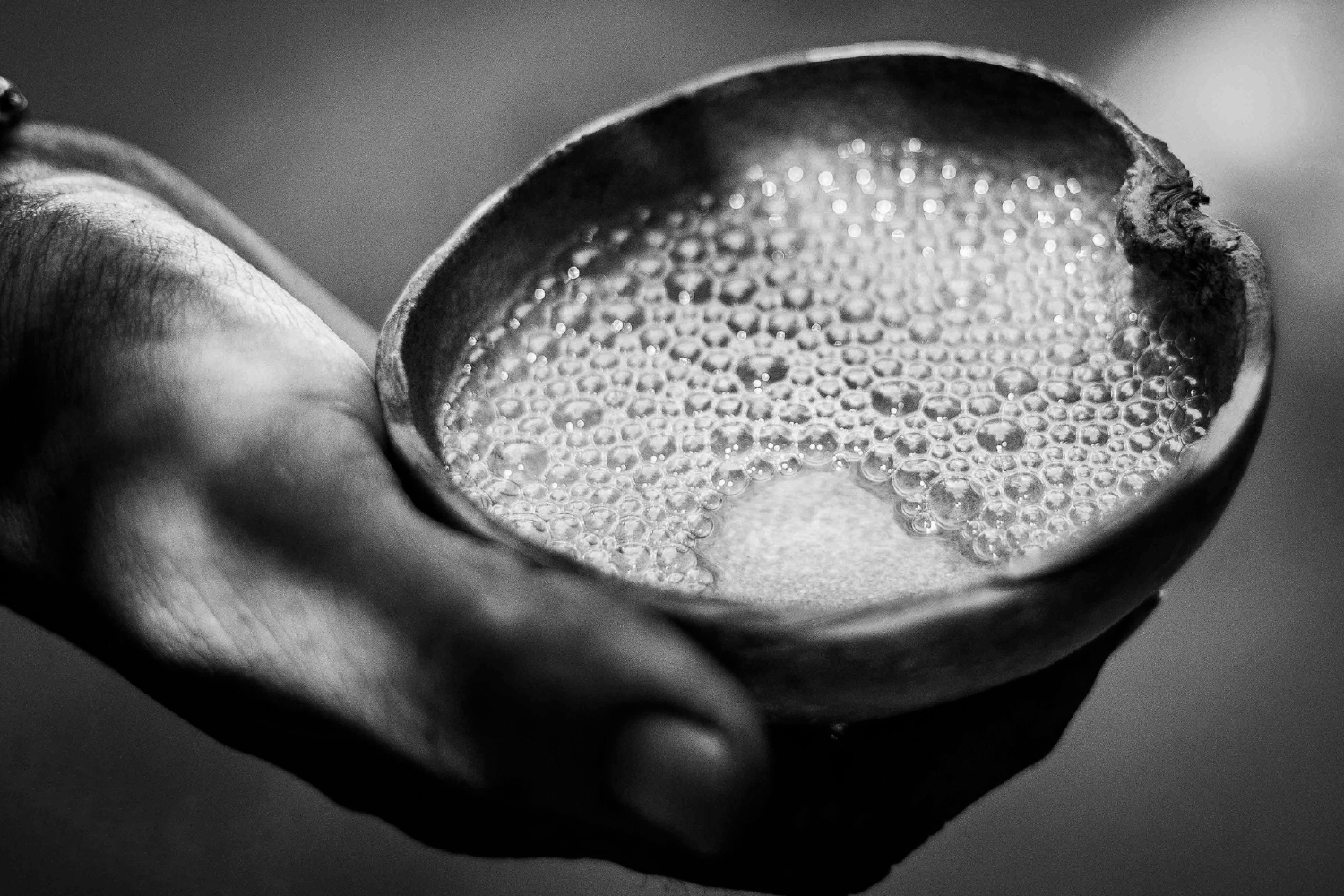
Bottling
At this point the mezcal can be bottled. The COMERCAM recognizes three classes – Joven or Blanco (no aging), Reposado which is rested 3 months to 12 months, Añejo rested 1 year or more.
There are other types made in the distillation process which can include:
Avocado: with natural fruits alone, and/or meat like turkey, rabbit and quail. (Mezcal Pechuga, for example, contains turkey).
Ensamble: combines different magueys in the cooking process).
Based on the NOM-070-SCFI-1994
